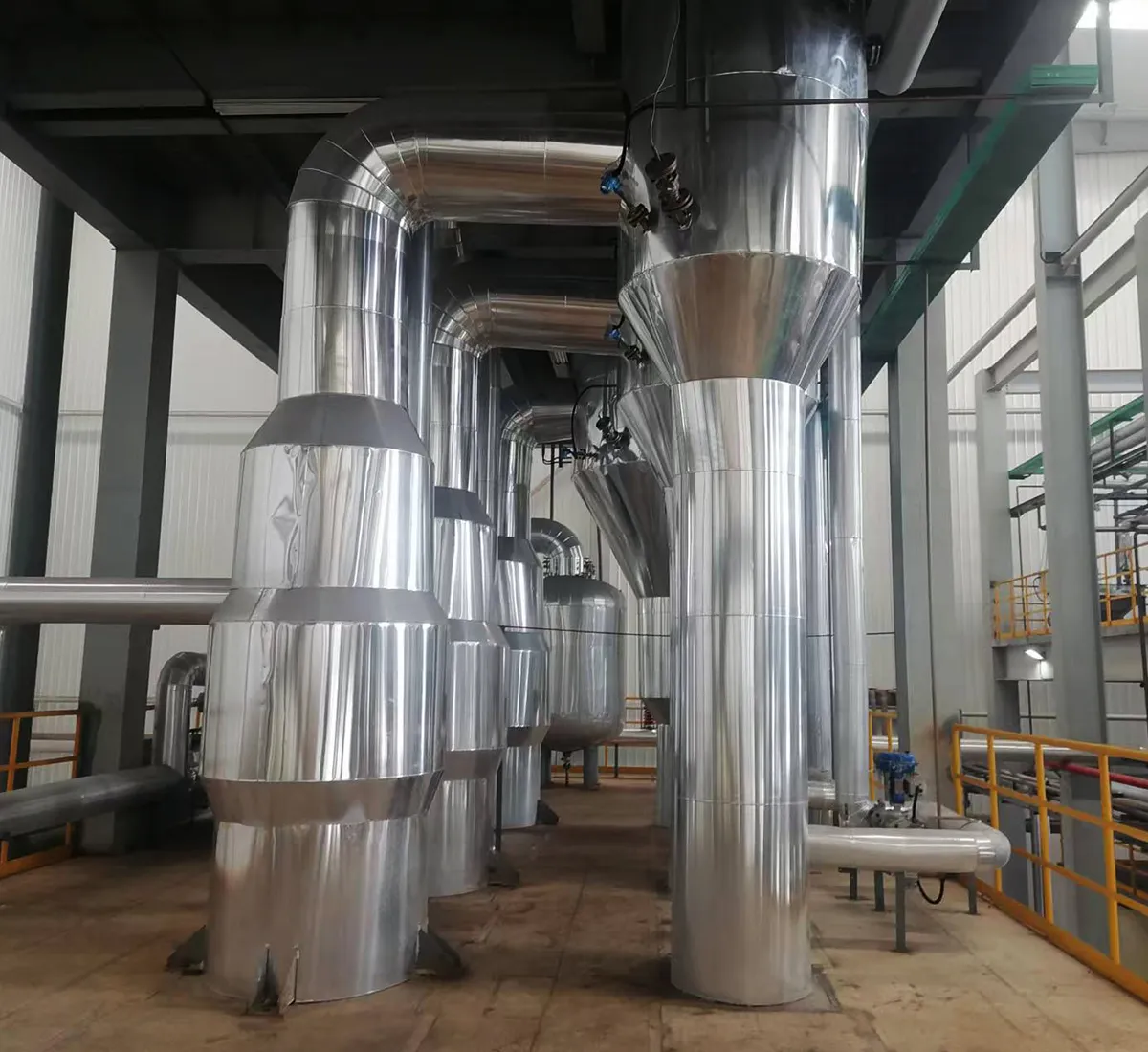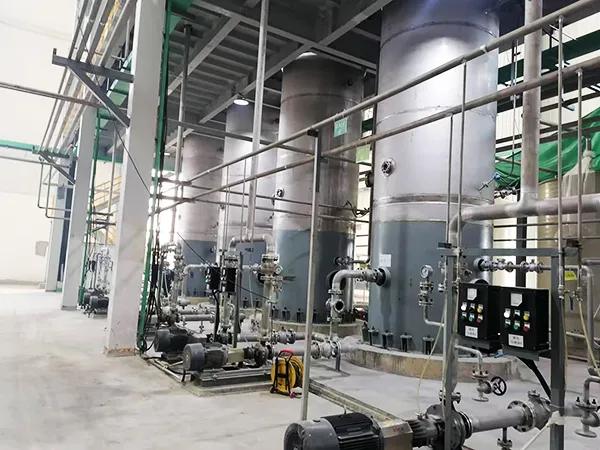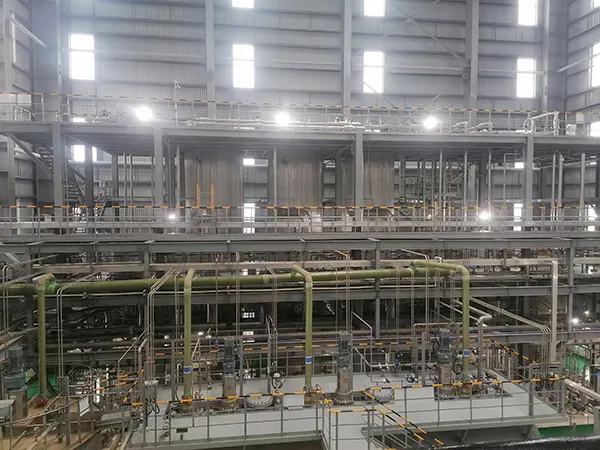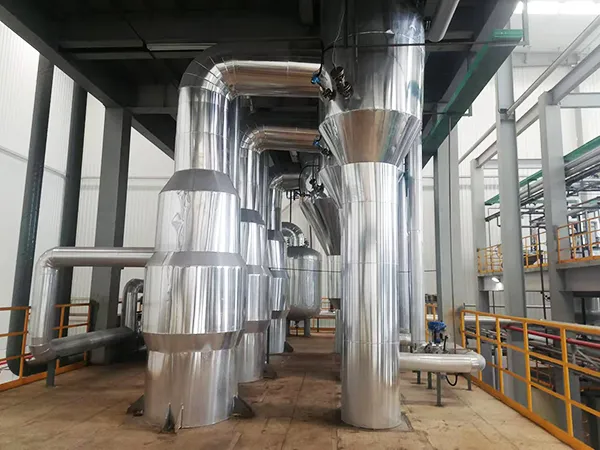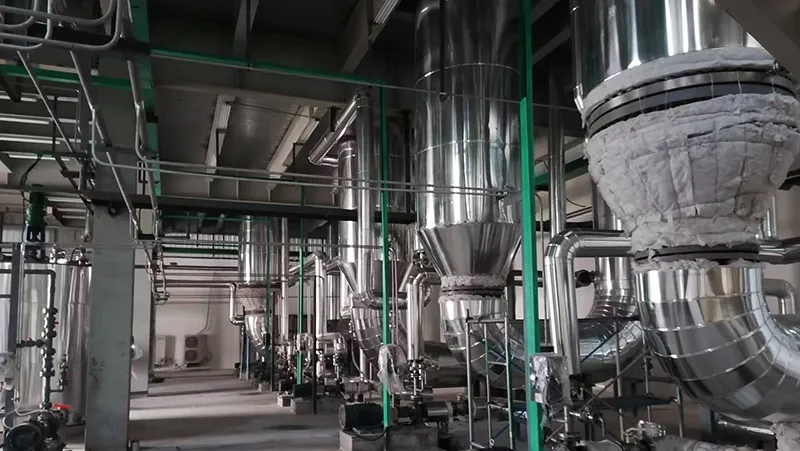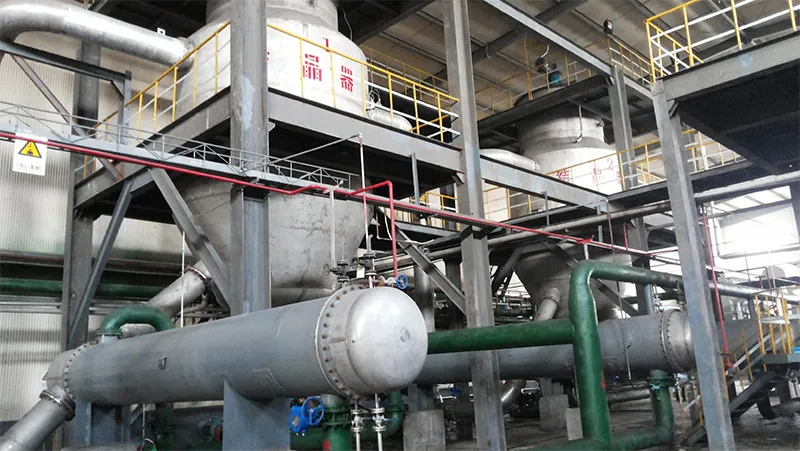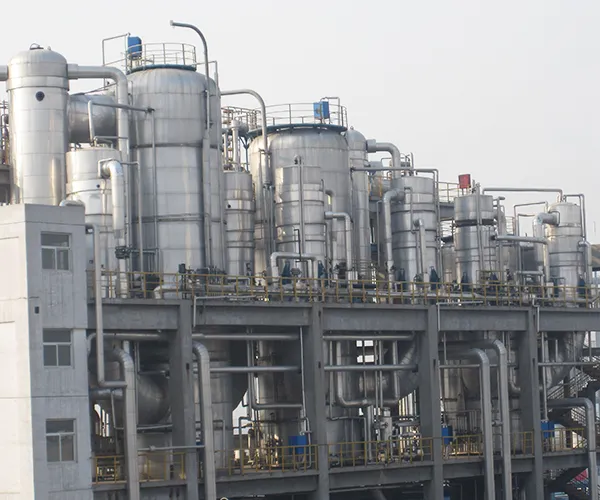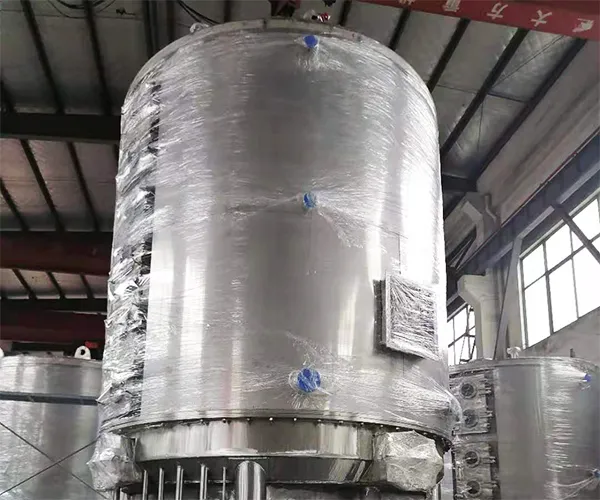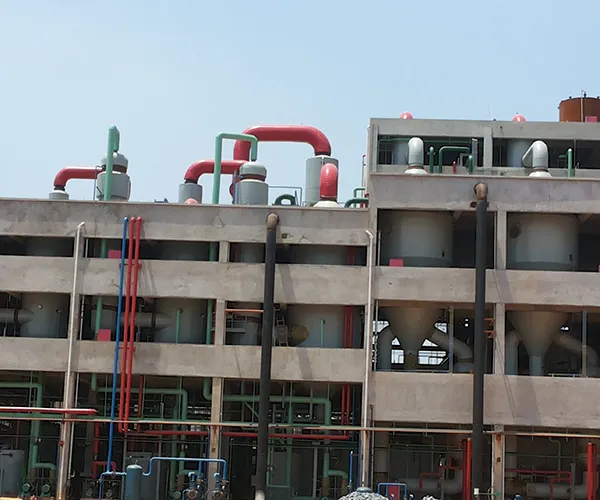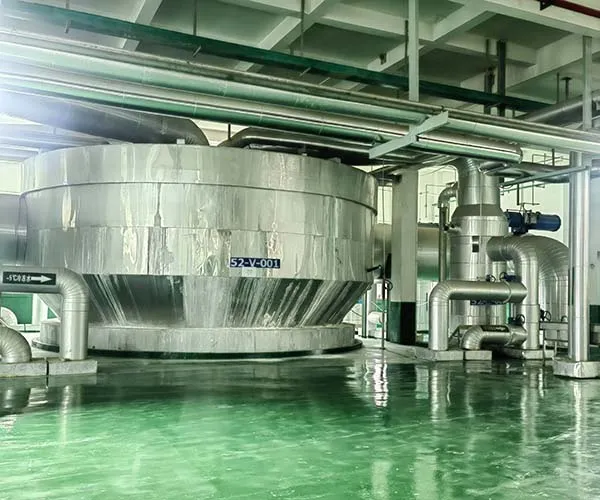-
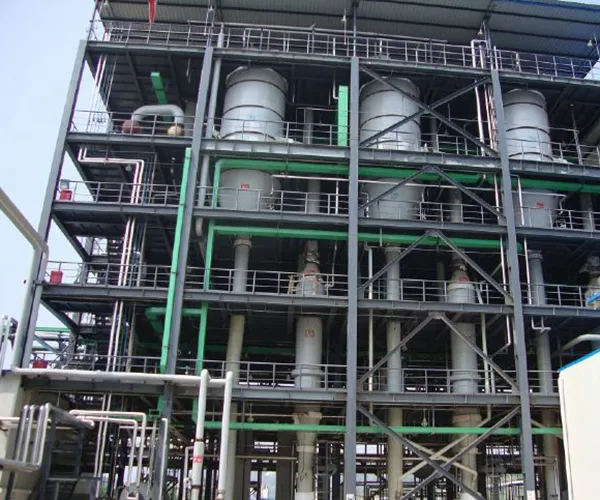
- Forced Circulation Evaporator The forced circulation evaporator is designed to enhance the flow velocity of liquid solutions by using an external circulation pump, ensuring efficient heat transfer and minimizing fouling or scaling. It is suitable for viscous liquids, slurries, or solutions with crystallizing components.
The forced circulation evaporation system can be built with either a horizontal or vertical heating chamber, and the liquid circulation rate, ranging from 1.2 to 3.0 m/s, is adjusted through the pump. Lower speeds are selected when dealing with suspensions containing more crystals, lower pipe hardness, or higher viscosity fluids. View Details
Turnkey Process Equipment Solutions
Conversion of Li₂SO₄ Solution into LiCl
We provide complete process system for the production of lithium chloride
Turnkey Process Equipment Solutions
Conversion of Li₂SO₄ Solution into LiCl
We provide complete process system for the production of lithium chloride
The conversion of purified lithium sulfate solution into lithium chloride involves several stages. The process starts by mixing the lithium sulfate solution, already treated with chelating resin to remove calcium, with a prepared sodium chloride solution. This blend undergoes cooling crystallization and centrifugal separation, yielding a lithium chloride solution containing minimal sodium sulfate. To further purify the solution, barium chloride is added to remove residual sulfate ions, resulting in a lithium chloride solution with traces of sodium chloride.
The lithium chloride solution, now containing only trace amounts of sodium chloride, then undergoes evaporation and crystallization to remove remaining sodium impurities. This is followed by further evaporation, crystallization, centrifugation, drying, and packaging to obtain the final anhydrous lithium chloride product.
The sodium sulfate decahydrate crystals recovered from the initial cooling crystallization stage are redissolved and processed via evaporation crystallization to produce anhydrous sodium sulfate as a by-product.
This route, known as the sodium chloride method, generates no solid waste and allows the sodium sulfate by-product to be commercially viable. However, it requires a higher amount of barium chloride, making it relatively costly. An alternative calcium chloride-based method offers lower costs but results in significant quantities of calcium sulfate dihydrate sludge, which requires additional handling.
From dryers and evaporators to crystallizers and turnkey systems, our team is ready to help you move forward with the right solution.
- Email: 13933883976@163.com

